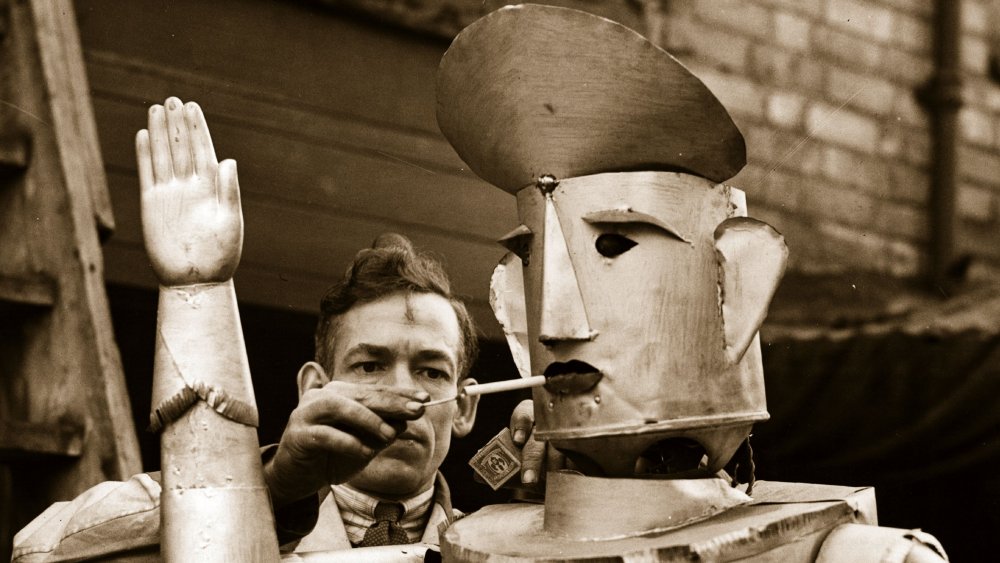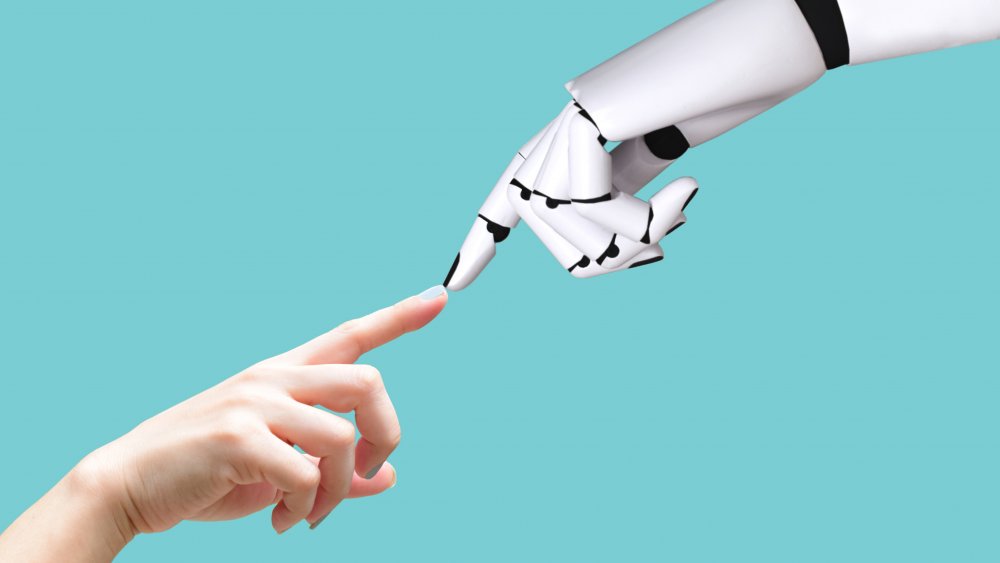The Truth About The World's First Robots
Robots, right? Someone had to have thought, "Wouldn't it be cool if ...?" especially when you consider the fact that the word robot itself comes from the Czech word for slave, says "Robotics: A Brief History" from Stanford University. (Wired offers a somewhat friendlier translation: "forced labor." Which might depend on where you're standing.) Which all seems to segue to Dr. Ian Malcolm in The Lost World: Jurassic Park: "Oh, yeah. Oooh, ahhh, that's how it always starts. Then later there's running and um, screaming." At least Isaac Asimov, prolific writer and futurist, thought to develop the Three Laws of Robotics, as relayed by Scientific American:
A robot may not injure a human being or, through inaction, allow a human being to come to harm; a robot must obey the orders given it by human beings except where such orders would conflict with the First Law; a robot must protect its own existence as long as such protection does not conflict with the First or Second Laws.
So to be clear, here's a working definition: a robot is pure machine. A cyborg is a human with machine parts (or, perhaps, a machine with human parts. It depends on where you're standing). An android is a machine built to look and function like a human being.
A level of autonomy is required for a machine to qualify as a robot
They first pop up, more or less, as a word, and as a literary device (so to speak), in a 1921 play called R.U.R. — and yes, the creations in question eventually turn on their human masters and mayhem results. ("And, um, screaming.")
"I would say that a robot is a physically embodied artificially intelligent agent that can take actions that have effects on the physical world," says roboticist Anca Dragan of UC Berkeley, talking to Wired. A level of autonomy is required for a robot to be a robot and not a wind-up toy — thereby disqualifying some early attempts, like the wooden flying pigeon created by Archytus of Taremtum in 400 BCE. (He also invented the pulley and the screw, and they don't count, either.)
A man named Joseph Engleberger is widely considered the "father" of modern robotics. He took the pioneering work of inventor George DeVol of Kentucky, who gave us the "Unimate." Together, says ThoughtCo, the men developed their product into something that could weld automobile bodies. The first ones hit the assembly line in 1961 at a General Motors plant in New Jersey.
It seems to be going okay. Neither running nor, um, screaming reported. At least, not yet.

